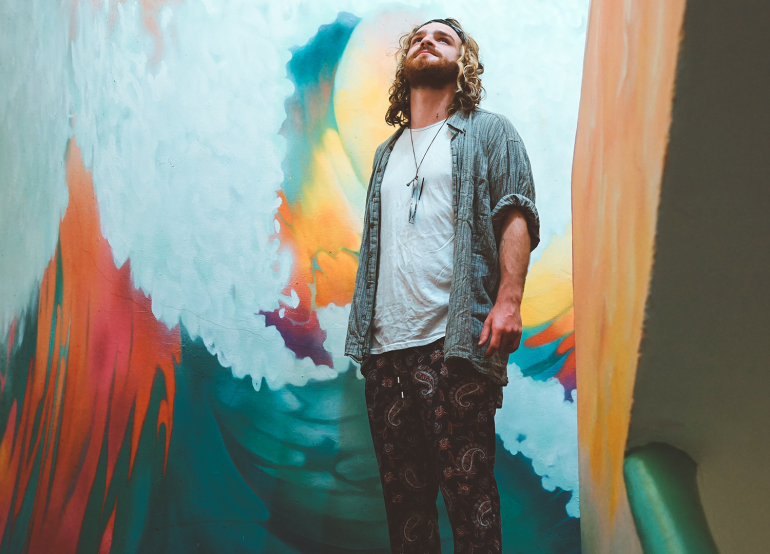Creating a tasty visual backdrop is key to establishing a solid, artistic brand identity. And while some artists and teams are backed by stashes of resources to burn through, most DIY musicians aren’t. On the contrary. They have to act very efficiently in the way they plan and distribute their budget.
What this article is aiming at, is conveying a simple point of view: You don’t have to spend tons of cash to create an effective, visual campaign. If you know where to spend, and where to save, and if you are open to personal growth, you will probably produce some engaging imagery, even on a limited budget. And you might even expand your personal aesthetics and workflow of content creation.
We got some visual impulses for you to get those creative juices flowing.
Embrace gritty realism
Luckily, we live in times – and some might even call it dominance – of amateur content. This means user-generated imagery, video, music and so on. While the 90s and 2000s were heavily saturated by high-gloss, corporate “big money” media looks, the zeitgeist dictates a more gritty, realistic take on things.
Cell phone videos are completely acceptable, in some cases even preferable, so are voice memos on studio albums and pictures produced by various mobile devices. It’s all about sucking the audience into the private realm, the inner circle. More and more artists are therefore embracing the mode of ultra fast-paced, “sketch-esque” release aesthetics – as opposed to highly conceptualized and strategized modes of visual communication.
It’s more of an expansion of a general mindset, than a paradigm shift. Everyone has a mobile device capable of running some pretty powerful services. You might even say, technology has given creators the power to grow their audiences and build fortunes wherever they are, starting from a tiny screen (oh yes, pun absolutely intended). But the willingness to work with limitations is key to this concept. It’s the eagerness to embrace the flawed that facilitates creativity.
And, consequently, it might even open up whole spheres of perception, of expression through art. The philosophy of usage connected to one type of medium can easily rub of to another, and so on.
Build a gritty, realistic visual identity, and see how it influences your studio work, the way you mold your auditory world. You might surprise yourself.
Develop architectural awareness
Costs can add up if you decide to do your entire visual work in studio settings. Things like lighting, man-power, catering, and props will run up steep bills in no time.
So, try developing an eye for architecture. See how other, interdisciplinary artists work with material, understand the way they fuse the human body with static exteriors. Contemporary dance is a good reference in this case. Be aware of your own surroundings, of the way the mundane can act as a widely interesting backdrop. This new skill will greatly expand your personal, visual palette.
You will also experience an improvement in the way you engage with visual professionals. They
will appreciate your scouting skills and taste, the ability to point out things that work, and things that don’t. You will become a more emancipated creator, saving time and resources.
Delete “no” from your inner blueprint
If some impulse tells you that a picture of you in front of a building, and a thick, black rectangle covering one-third of the image might do the trick, go for it. The most basic visual editing software can get that done. If you feel like adding illustration, but don’t have the resources to hire an illustrator – try drawing white, gritty shapes on perfectly clean images. Then scan the picture in an old copy machine. See what happens. Experiment. Create your own workarounds.
Most importantly – never limit yourself by setting standards on what can and should be done with a piece of visual material. And try not to adapt a mindset of visual perfection, and especially a dependency on hired guns.
Oftentimes, external limitations are just masked excuses. Maybe you’re scared of lessening your aesthetic standards, of what others might think, of the overall nothingness, which, if you re-frame it, is an absolutely great starting-point.
Everything goes.

